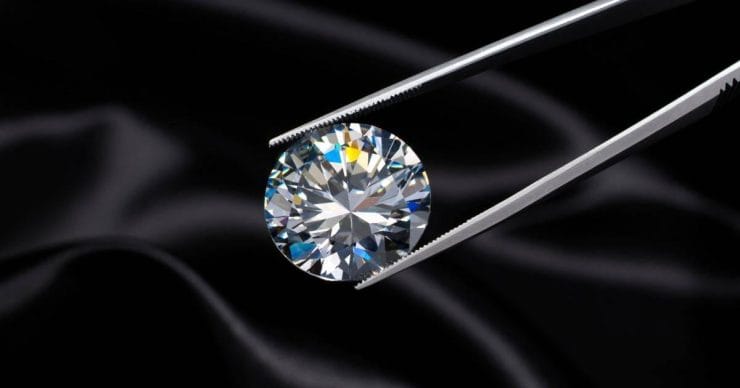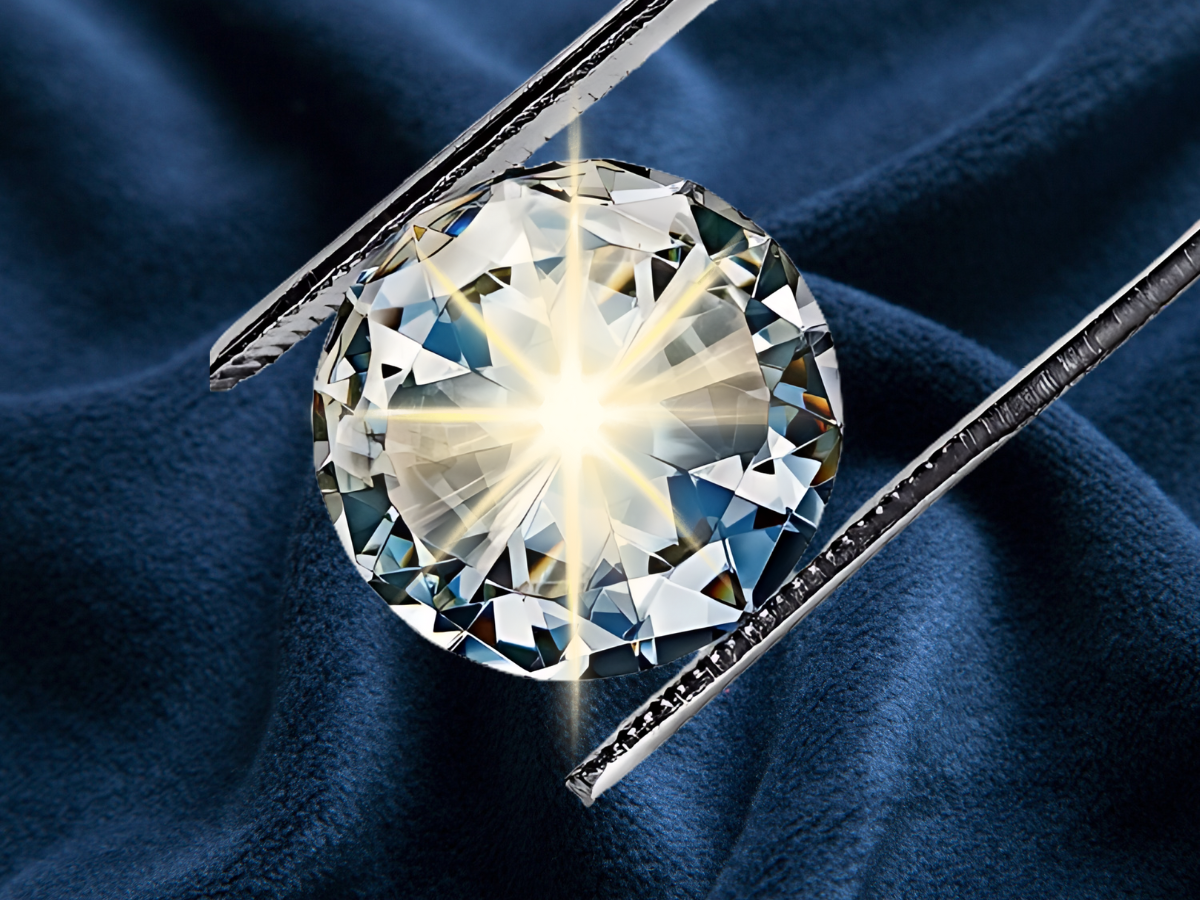Diamonds Shapes: Pros and Cons of Lab Grown Diamonds

When it comes to choosing the perfect diamond, one of the most critical factors is the shape. The shape not only influences the aesthetic appeal but also plays a significant role in how the diamond interacts with light, thereby affecting its overall brilliance and sparkle. In recent years, diamonds shapes pros and cons have emerged as a popular alternative to their natural counterparts. This article explores the various diamond shapes and weighs the pros and cons of choosing lab-grown diamonds.
Understanding Diamond Shapes
The term “diamond shape” refers to the geometric outline of a diamond when viewed from the top. Each shape has its unique characteristics and allure, making it suitable for different tastes and styles. Common diamond shapes include round, princess, oval, emerald, asscher, marquise, pear, and heart.
Round Diamonds
Round diamonds are the most popular shape, known for their classic and timeless appeal. They maximize sparkle due to their ideal proportions, making them a favorite among those who prioritize brilliance. However, they often command a premium price due to their popularity and demand. Additionally, with their widespread appeal, they may lack uniqueness compared to other shapes.
Princess Diamonds
The princess cut features sharp corners and a square shape, appealing to modern tastes. This shape offers a contemporary style and reflects light beautifully, much like round diamonds. However, the pointed corners can be more prone to chipping if not set properly. Furthermore, while they exhibit brilliance, they may have slightly less fire than round diamonds.
Oval Diamonds
Oval diamonds are known for their elongated shape, which can create the illusion of longer fingers, making it a flattering choice for many. This shape offers a distinctive appearance, standing out in a crowd. However, some oval diamonds can exhibit a “bow tie” effect, a dark area in the center, which may detract from their overall appeal. Additionally, they may be harder to find in certain carat weights compared to more popular shapes.
Emerald Diamonds
Emerald-cut diamonds are characterized by their rectangular shape and step-like facets. This shape emphasizes clarity and color, making it an excellent choice for those who prefer a sophisticated look. The unique facets create a mesmerizing hall of mirrors effect. On the downside, the emerald cut may not offer as much sparkle as other shapes due to its larger table and fewer facets. It can also highlight inclusions, making clarity a critical factor.
Asscher Diamonds
Asscher diamonds are similar to emerald cuts but are square in shape. They feature large step facets and a high crown, which enhances their brilliance. This shape is an excellent choice for those seeking a vintage or art deco look. However, like emerald cuts, they may also reveal inclusions more prominently. Additionally, the demand for Asscher diamonds can lead to higher prices compared to more common shapes.
Marquise Diamonds
The marquise cut features an elongated shape with pointed ends, giving it a regal and dramatic appearance. This shape can maximize carat weight, making it appear larger than its actual weight. However, the pointed ends can be susceptible to chipping. Additionally, the shape can create a bow tie effect similar to oval diamonds, potentially affecting its visual appeal.
Pear Diamonds
Pear-shaped diamonds combine the characteristics of round and marquise cuts, resulting in a teardrop shape. This shape is versatile, offering a unique look for both rings and pendants. The elongated design can create an illusion of length, making it flattering for many wearers. However, the pointed end can also be prone to damage, and finding a perfectly symmetrical pear shape can be challenging.
Heart Diamonds
Heart-shaped diamonds symbolize love and romance, making them a popular choice for engagement rings. The unique shape appeals to those seeking a sentimental and personalized option. However, achieving a well-proportioned heart shape can be difficult, and the pointed end may be susceptible to chipping. Additionally, the market for heart-shaped diamonds can be smaller, potentially leading to fewer options.
Lab Grown Diamonds: A Sustainable Choice
Lab-grown diamonds have gained traction for their ethical and environmental benefits. Created in controlled environments using advanced technology, they result in diamonds that are chemically and physically identical to mined diamonds. Lab-grown diamonds typically come at a lower price point, allowing consumers to obtain a larger or higher-quality stone within their budget. Furthermore, they do not contribute to the environmental degradation associated with traditional diamond mining.
Conclusion
When considering the pros and cons of lab-grown diamonds, it is essential to take into account not only the shape but also personal preferences and ethical considerations. Each diamond shape offers distinct features, making it crucial to find one that resonates with your style and values. As the demand for sustainable and ethically sourced options continues to rise, lab grown diamonds are becoming an increasingly appealing choice for discerning consumers.


